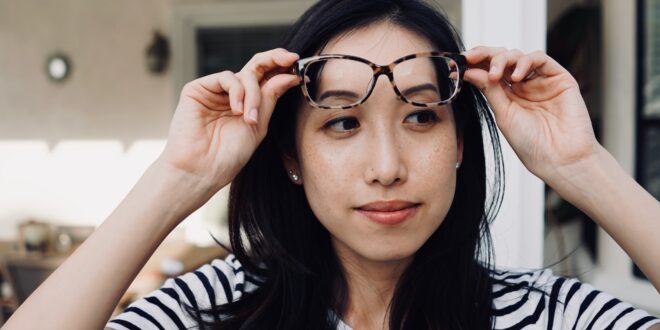Did you know over 38 million people use contacts in the US alone? Contact lenses were introduced back in 1945 by the AOA. Today, you can find a wide range of those catering to the needs of different users. In fact, according to ContactLenses4us, the advances in contact lens technology is so fast that you can find the solution for almost all the major vision concerns by investing in the right pair of lenses.
Below you will find the types of contacts available these days. Also, we’ll have a look at some of the recent innovative types that have the potential to change the world:
Disposable Soft Lenses
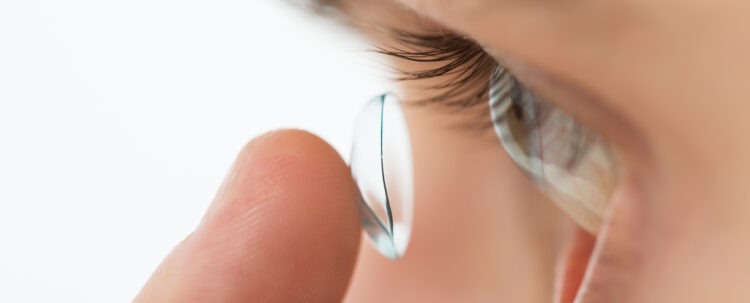
The trials to develop contact lenses out of hydrophilic started back in 1960. The first pair of disposable ones was commercially available to US users in 1971. The soft disposable ones are still very popular and is used by thousands of individuals around the globe. The best thing about them is that they usually cover all of the cornea and the white part of the eye.
Disposable soft contacts are designed to be worn from a single day to one month, subject to the type of material used. Single-use disposable lenses are meant to be discarded after each use whereas long-term disposable options should be cleaned and disinfected with good quality solutions after each removal.
Daily Wear
Daily wear contact lenses can be used for around consecutive eighteen hours. These ones are available in both reusable and disposable options. However, you have to discard them after several uses.
Extended Wear
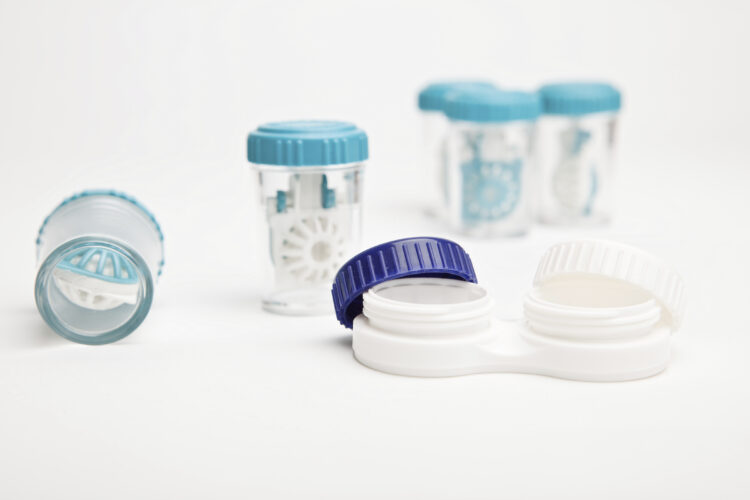
You have to remove your daily wear before going to bed but extended wear can be worn both at night and day without any difficulty. Some of the problems include lack of oxygen flow and a little discomfort though that’s natural when you wear lenses for a longer period of time. Recent innovations in contact lens technology have introduced a few adjustment options that prevent dirt and also lower down the discomfort.
While contact lenses manufactured by using this technology might be convenient, there are various health risks involved. According to one of the researches published by the American Academy of Ophthalmology revealed that people who use extended wear are 10 times more likely to get ulcerative keratitis than those who use other options.
Spherical Lenses
Spherical contact ones are basic spherical ones that are used to treat various vision problems including myopia and presbyopia.
Multifocal or Bifocal
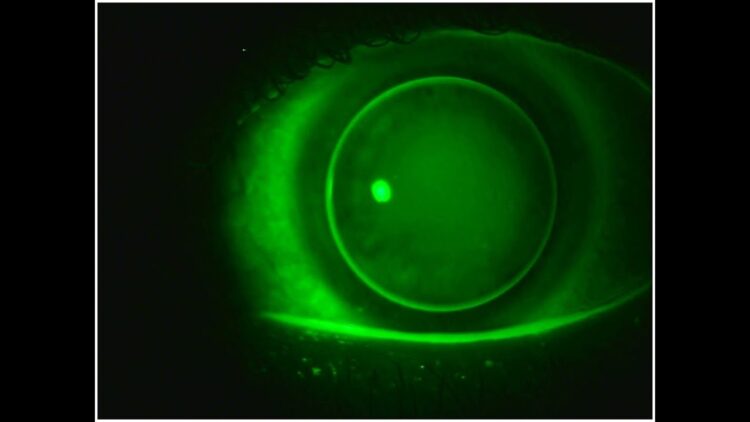
People suffering from presbyopia should use bifocal or multifocal contacts. These lenses can offer more than one corrections that slowly transfer throughout the contact to offer benefits of corrective refraction.
Monovision Lenses
These types are generally advised to presbyopia patients.
Apart from these basic types, there are some high-tech lens options that come with a variety of innovative features.
Nanowafer Contacts
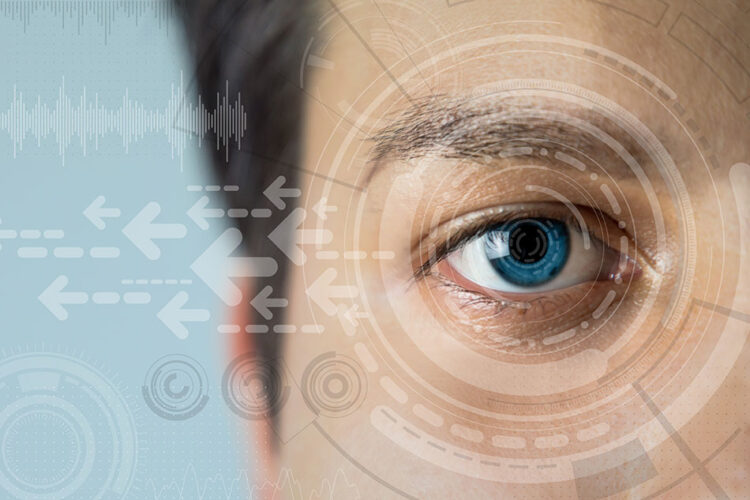
Putting medicine inside the eyes can be tricky at times, especially when it’s required on a routine basis. The eye’s reflexes generally wipe away most solutions, significantly decreasing their effectiveness. Using eye drops is specifically stressful. That is where Nano Wafer’s contact lenses come to your rescue. The purpose of this is to deliver medicines to the eye.
These gradually dissolve, emitting tiny amounts of medicines into the eye. Because these ones dissolve at a slow rate, they offer a far more dependable and balanced dose than conventional eye drops.
RGP Lenses
Also known as ‘Rigid Gas Permeable’ is yet another popular contact lens type that is made up of different combinations of silicone-acrylate. They usually cover about 2/3 of the cornea. There are lenses that make use of a mixture of soft and RPG materials to cater to particular fitting cases.
Telescopic Lenses
This type allows wearers to make objects look 2.8 times bigger than usual. To enable this functionality, the user is just required to wink with one eye that basically causes their vision to zoom like a camera.
Photochromic Lenses
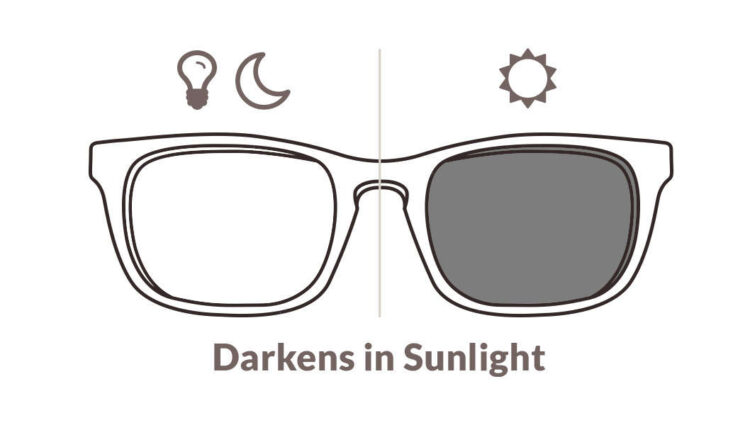
This type is light-intelligent optical ones that darken when exposed to bright light or sun rays. In the absence of bright light, these ones return back to their normal state. If you’re looking to protect your eyes from harmful UV rays or blue light, then this option is certainly the best choice for you.
Colored Contacts
Opaque
The opaque type comes with a colored layer around the iris and a translucent center. These ones are used by individuals with dark eyes who want to change their overall appearance. The natural eye color does not show through, enabling the opaque tint to entirely conceal the underlying color.
Enhancers
Commonly known as medium tints, enhancers are used to improve one’s natural eye color. Noticeably, these lenses help to retain the natural eye color and are generally used by people with pale or dull eyes.
Visibility Tinted Contacts
Visibility tinted contacts also known as LiteTint or VISITANT feature a very moderate colored tint the purpose of which is not to hide the natural color of the eye. These ones are used to make a pair look more visible and noticeable in a lens case.
Toric
Toric contacts are a perfect solution for people suffering from astigmatism and can be used as daily or extended wear. Noticeably, these ones are a little pricier than other soft lens variations.
Decorative Lenses
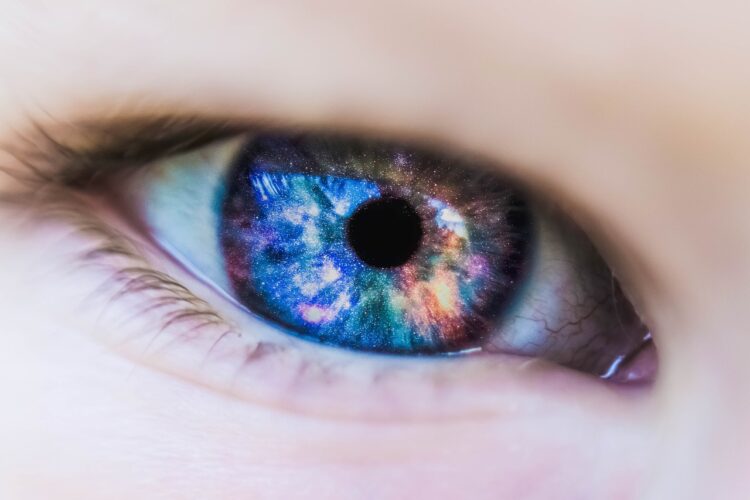
Decorative contact lenses otherwise known as cosmetic contacts are widely used by celebrities, fashion artists or anyone who want to completely change the look of their eyes. These are available in a wide range of color options including blue, grey, violet, hazel and honey. They are also used for special occasions like Halloween or birthdays to create a personalized look such as vampire, fairy or other characters.
All of the above-mentioned types are widely used by individuals for different purposes. Some use them as a medical device to correct their vision while others buy a pair to look more attractive and appealing. No matter what your preferences are, just be certain to use your pair the right way and pay attention to hygiene measures to prevent infections and also to extend the lifespan of your product.
 Hi Boox Popular Magazine 2024
Hi Boox Popular Magazine 2024
